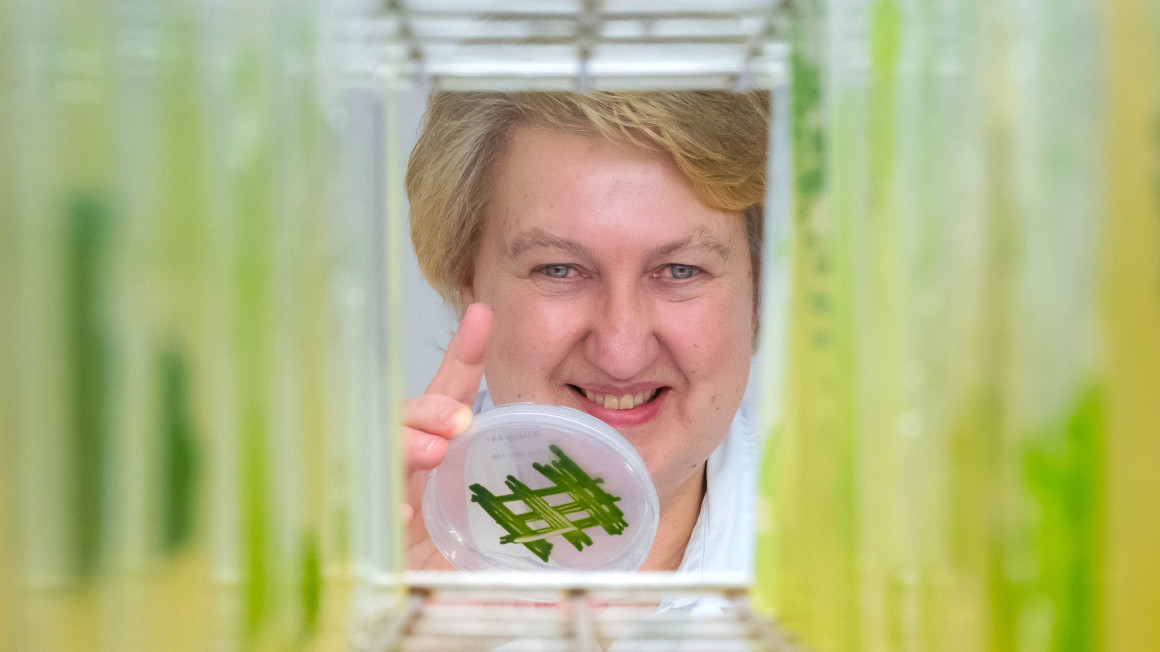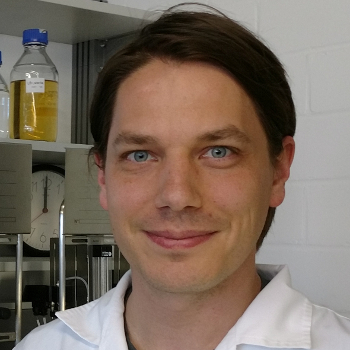Alliance of microalgae and bacteria
Researchers from Jena have investigated a community of bacteria and microalgae and discovered how they jointly contribute to climate protection.

Soil is home to countless microorganisms such as bacteria, fungi and algae. These invisible microorganisms form communities in a wide variety of ways, ensuring a smooth nutrient cycle and thus fertile soil and plant growth. How these microorganisms work together and which factors promote or inhibit growth has been the subject of research at Friedrich Schiller University Jena for many years. In the scientific journal "PNAS", the researchers now report on how algae and bacteria interact and what contribution the microbial community makes to climate protection.
Helper bacterium neutralises toxins from hostile bacteria
As part of the study, a team found a bacterium that forms a symbiotic community with the green algae Chlamydomonas reinhardtii, from which both sides benefit. The bacterium in question is Mycetocola lacteus. "While the bacterium receives certain essential B vitamins and a sulphur-containing amino acid, the growth of the green algae is optimised. In addition, the helper bacterium Mycetocola lacteus and a related bacterial species jointly protect the algae from harmful attacks by other bacteria by inactivating a toxin of these hostile bacteria through cleavage," says Maria Mittag, Professor of General Botany at the University of Jena and corresponding author of the new study.
Only healthy algae bind CO2
The symbiosis with the bacteria therefore ensures the survival of the green algae because toxins from other bacteria are neutralised. However, microorganisms do not only live in the soil, but also in fresh water and oceans. As algae convert carbon dioxide (CO2) into oxygen, their survival is essential for maintaining the CO2 cycle on Earth and therefore for the climate. "Alongside land plants, algae and cyanobacteria produce a large proportion of oxygen and bind around half of the carbon dioxide in the atmosphere through photosynthesis. They therefore make an important contribution to life on Earth." But only healthy algae can absorb and bind carbon dioxide well, says Mittag. It is therefore important to know which bacteria help the algae to remain strong and at the same time neutralise the effect of harmful bacteria.
With the study, the research team provides evidence that these bacteria and microalgae also live together in their natural environment. Researchers from the Cluster of Excellence "Balance of the Microverse" and the Collaborative Research Centre "ChemBioSys" at the University of Jena were also involved in the study.
bb


